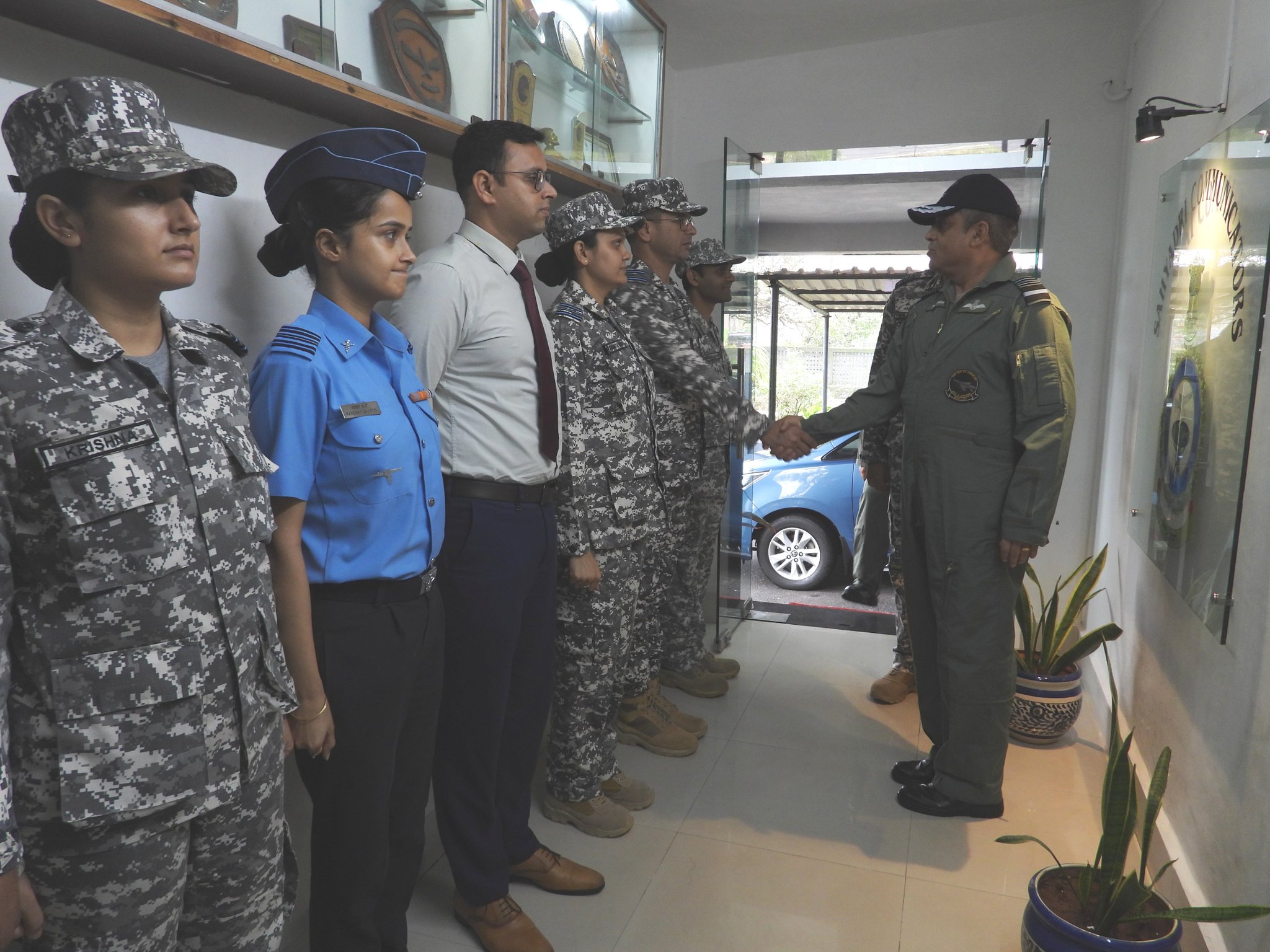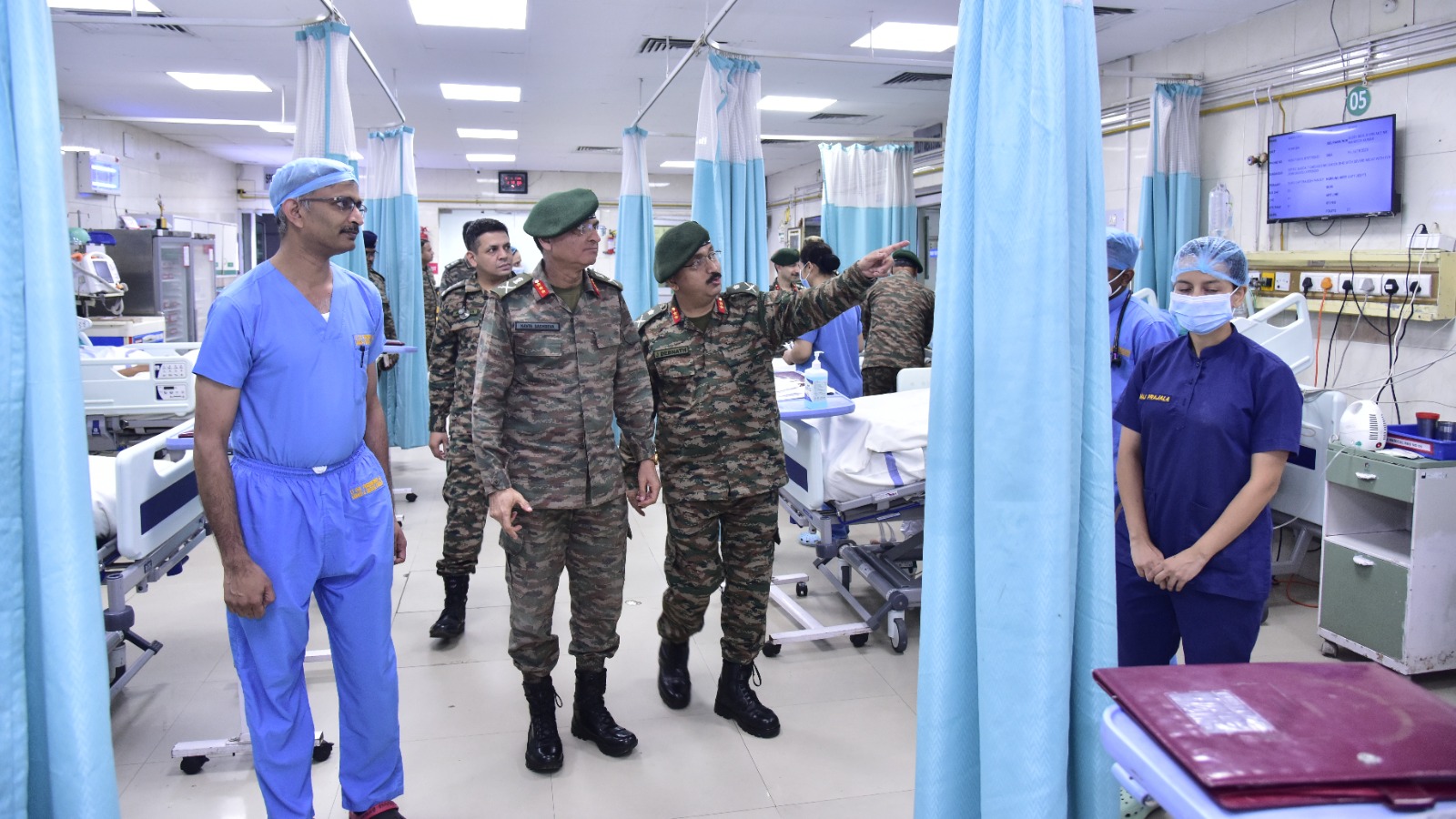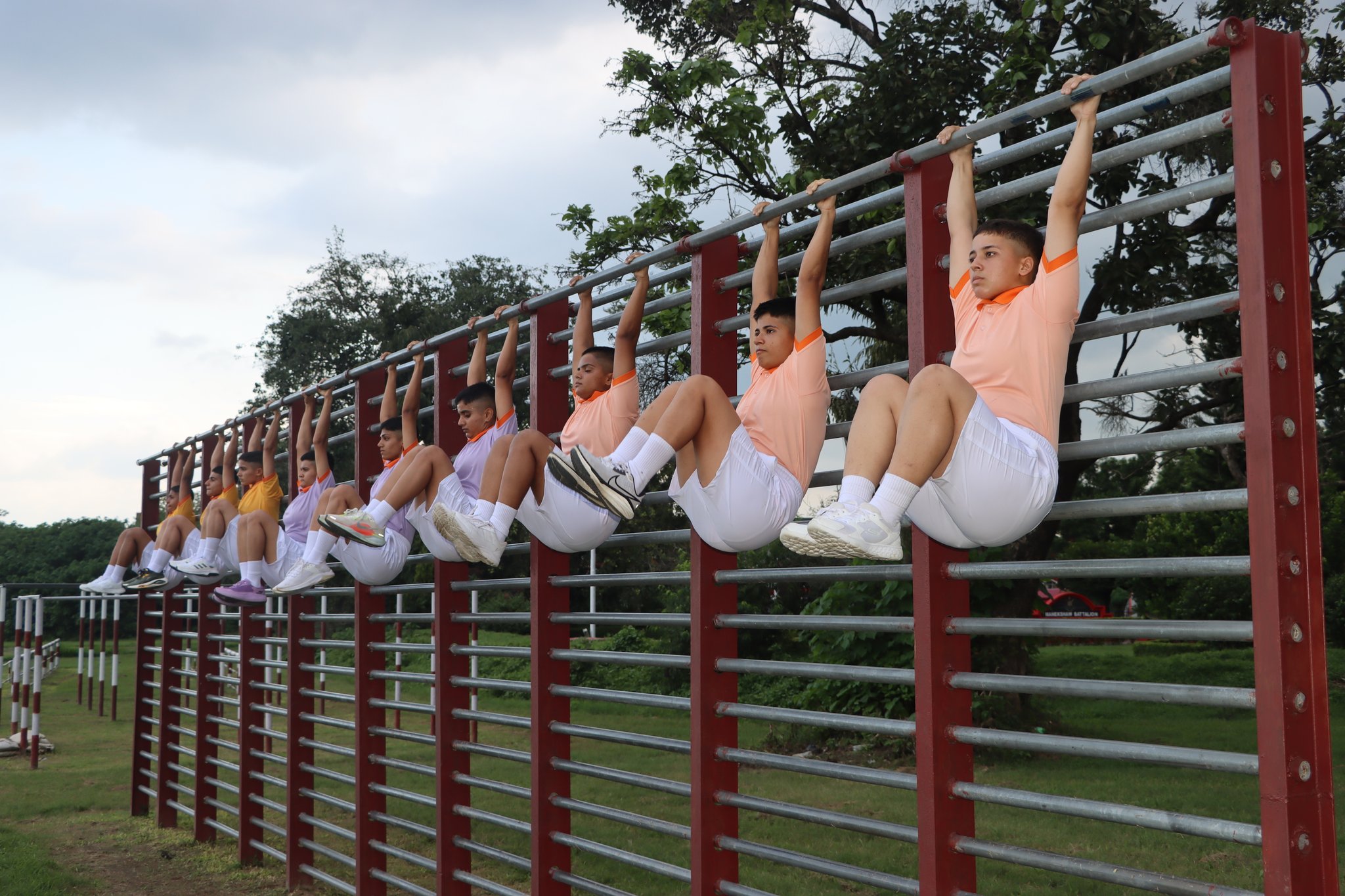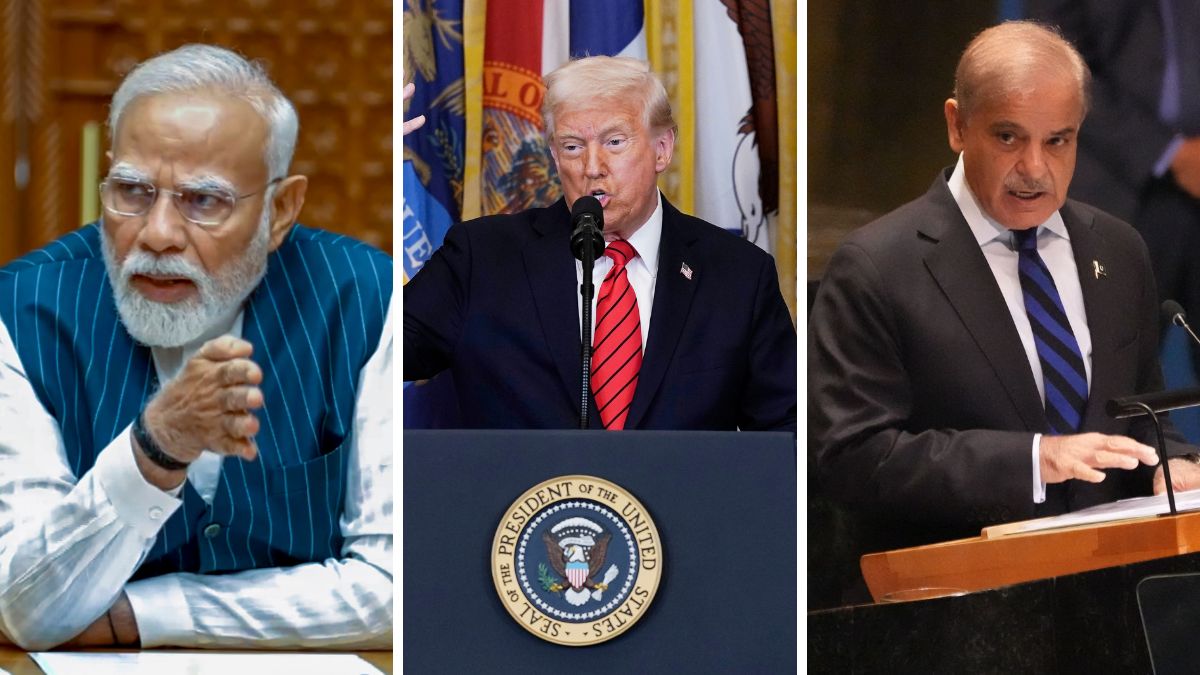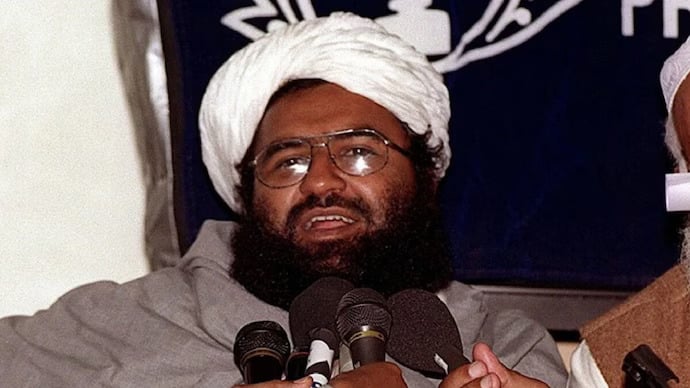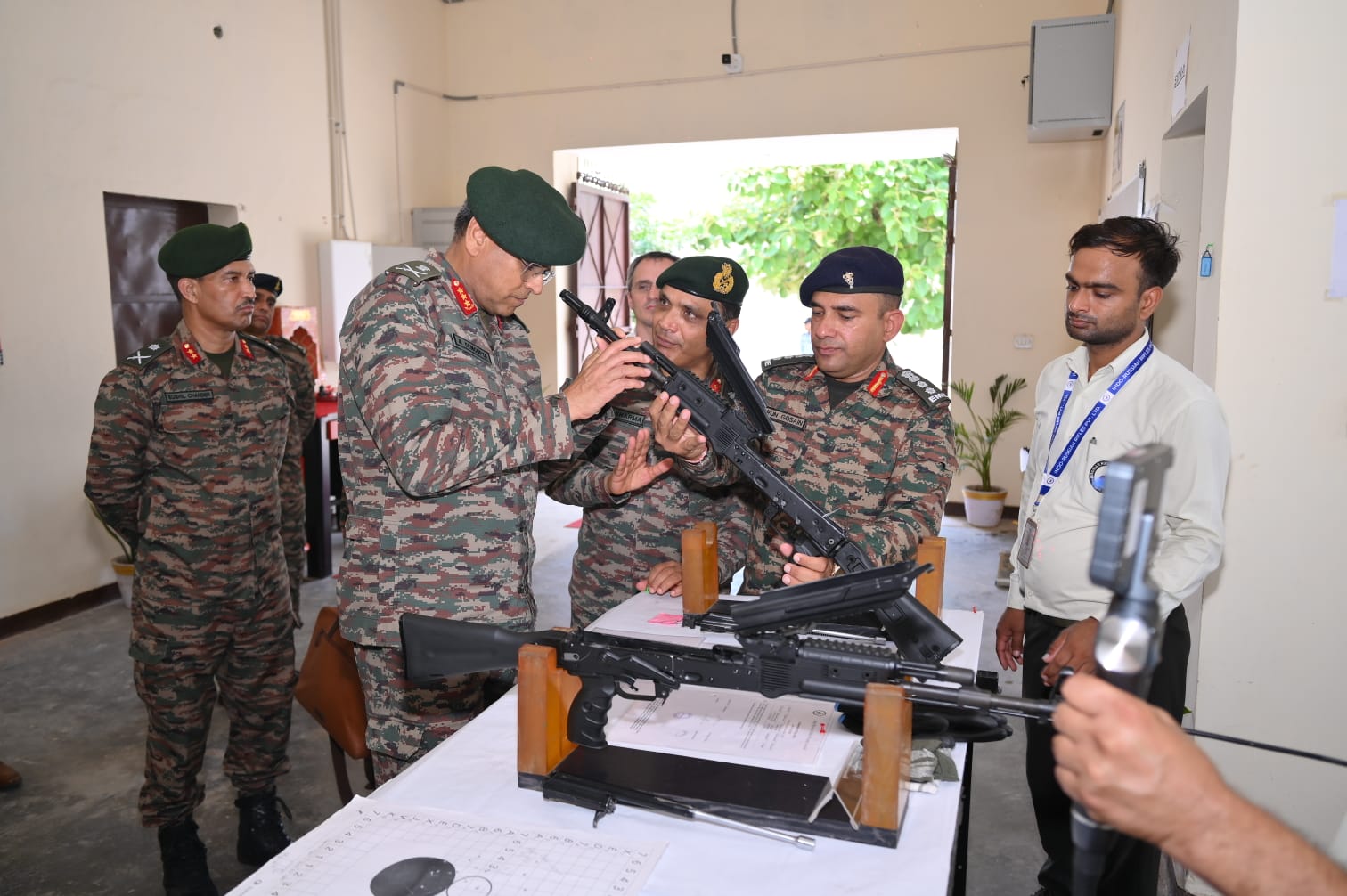Air Marshal Nagesh Kapoor Reviews Operations at Air Force Station Lonavla, Stresses Tech Integration and Vigilance
Air Marshal Nagesh Kapoor, Air Officer Commanding-in-Chief of the Indian Air Force’s South Western Air Command (SWAC), visited Air Force…
Command Hospital Lucknow Installs Advanced Imaging System to Boost Military Healthcare
In a significant development for military healthcare in northern India, Command Hospital, Lucknow, has inaugurated a state-of-the-art 1000 mA Digital…
IMA Inducts First Batch of Women Officer Cadets, Marking Historic Milestone
In a momentous first in its 92-year history, the Indian Military Academy (IMA), Dehradun, inducted its first-ever batch of women…
Pakistan Rejects US Terror Designation of TRF, Urges Balanced Global Approach to Counter-Terrorism
Pakistan has issued a strong response to the United States’ designation of The Resistance Front (TRF) as a Foreign Terrorist…
Masood Azhar seen in POK, 1,000 km away from Bahawalpur bastion: Intel
As per India Today: Fresh intelligence inputs seen by India Today suggest that India's most wanted terrorist, Jaish-e-Mohammed chief Masood Azhar,…
Lt Gen Anindya Sengupta Reviews AK-203 Rifle Production at Indo-Russian Facility in Amethi
India is advancing rapidly toward defense self-reliance with the large-scale production of the AK-203 assault rifle underway at the Indo-Russian…

